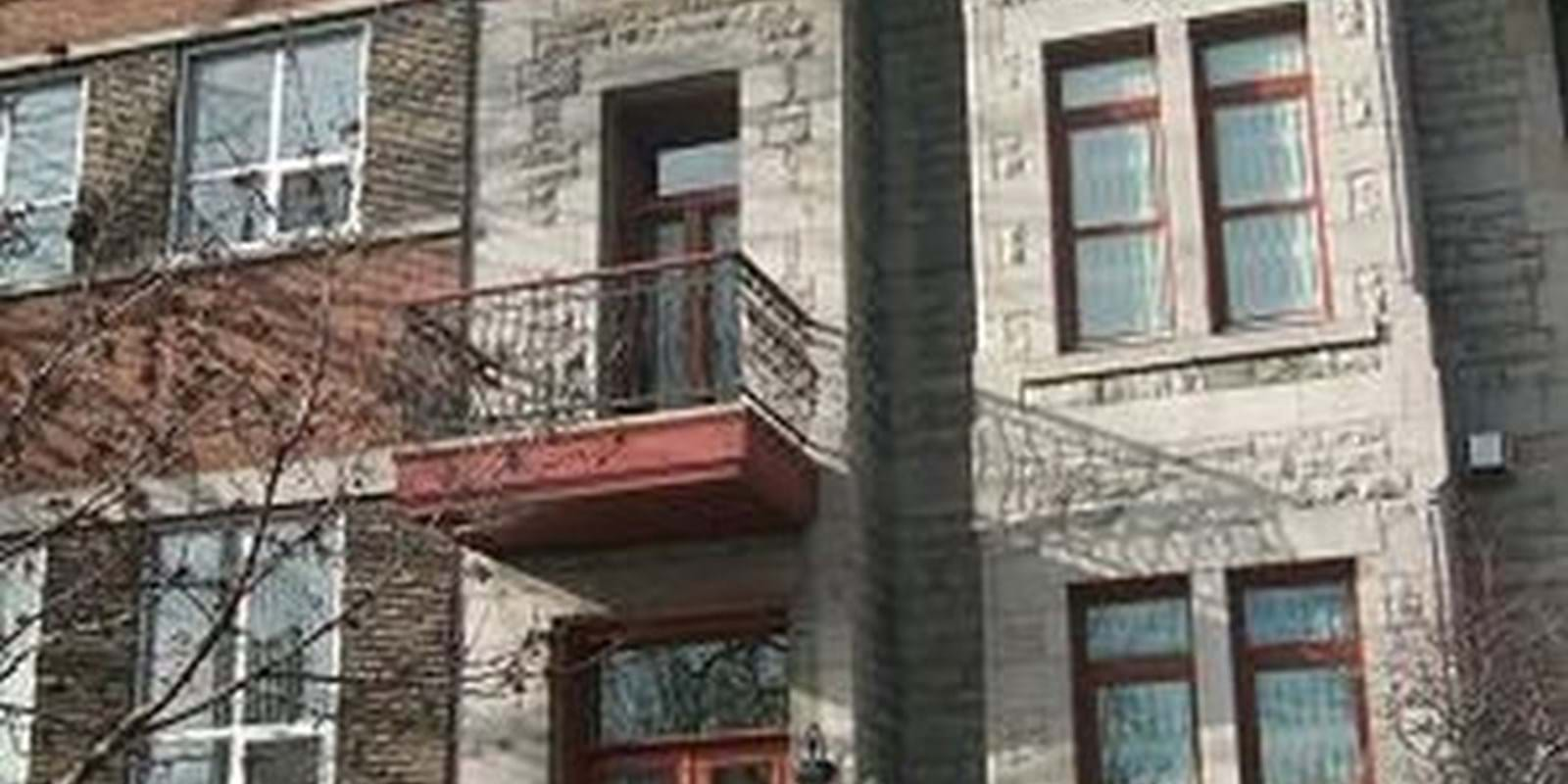The vacancy rate in Greater Montréal in 1999 was 3.0%, and then it decreased to its lowest level at 0.6% in 2001. However, a year or two from now, it will shoot up to 3.0% and continue beyond.
The latest figures on the Greater Montréal real state sector were presented by Mrs. Astrid Joseph, CMHC Market Analyst, recently when she met with APQ members at the Auberge Universel at the University of Montréal.
Mrs. Astrid said that large buildings remained the hardest to sell in the entire territory.
Vacancy Rates
The higher vacancy rate can be found in large buildings where rents are also the highest. In buildings with 50–99 units, the rate is 2.8% whereas in buildings with 100 or more units, the current rate is 3.3%.
The sectors where there are less vacant units are: Lasalle (0.1%); Blainville-Sainte-Thérèse (0.2%); Chambly and Mont-St-Hilaire (0.3%); Deux-Montagne and Mirabel (0.4%); and Mascouche-Terrebonne (0.5%).
The highest vacancy rates are in: Montréal-Nord (3.8 %); Centre-ville and Iles-des-Soeurs (3.5%); DDO and Pierrefonds (3.5%); Dorval-Lachine (2.7%); and Chomedy, Ste-Dorothée (Laval) (2.7%).
Rent increases
Mrs. Joseph also specified that rent increases have always been higher than inflation since 2000, in particular. On the other hand, forecasts show these will be as high. The most affordable rent for two bedrooms in Greater Montréal is always on the North Shore with $592/month; followed by Laval with $592, Montréal is around $625, and the South Shore is $616.
The least expensive average rents are in the following areas for two-bedroom units: Parc-Extension-St-Michel ($503); St-François, Duvernay (Laval) ($526); St-Jérôme, Lafontaine ($529); Hochelaga-Maisonneuve ($530); Sud-Ouest (Montréal), Verdun ($533).
The most expensive average rents for the same size unit are in: Centre-ville - Montréal, Ile-des-Soeurs ($1,098); NDG, Westmount ($824); Beaconsfield, Kirkland ($792); Mont-Royal, Outremont ($760); and finally Saint-Laurent ($741).
Construction and immigration
One of the factors that most affects the housing market for rental purposes is most likely the employment level of 15 – 24-year-olds. In 2003, employment in this age group increased 10.2% whereas in 2004, it diminished to a deficit status of 12.2 %, plus another deficit of 4.2% in 2005 for the third quarter.
Construction is also going to slow in 2006. Rental construction will continue to be directed toward residences for the elderly, but will decrease over the next 12 months.
The number of new arrivals to Montréal decreased over the next few years after having reached a record 27,577 people in 2002, and a decrease in this figure to 14,009 in 2005. This is another factor which an effect on the vacancy rate in the Montréal area in particular.
Plexes are always in demand
Even if there has been a slight slowing in plex transactions recently, the average price of these buildings continues to rise. In 2005, there were 5,100 transactions. This figure should be about 4,700 in 2006.
Increase in the average price of plexes has been rapid even though this activity sector has calmed recently. The average price of plexes (2-5 units) increased in 2003 by 23%; 17% in 2004; 10% in 2005; and this increase should be about 5% for 2006. The average price of these buildings should reach $308,000.
Mrs. Joseph said that the factors that always have a bearing on the demand for rental units are: the continuing access to property movement, a weak increase in the price of co-ownerships, the employment situation with young people, and sustained immigration.
For 2006, in conclusion, a higher vacancy rate, less construction, and lower rent increases.
Other speakers
Landlords attending the meeting were reminded about the rules to be followed for the lease renewal procedure with a presentation made by Attorney Robert Soucy, Soucy-Messier, Attorneys, and Legal Counsel at the APQ.
APQ President Martin Messier also discussed housing issues and answered participants’ questions at the information meeting, the first of its kind in 2006.
Join now
Not already member of the APQ ?
Take advantage of all our services by joining now

